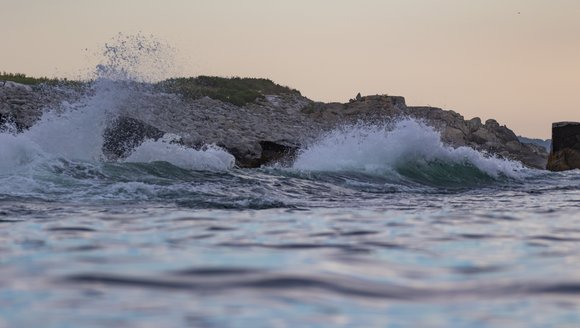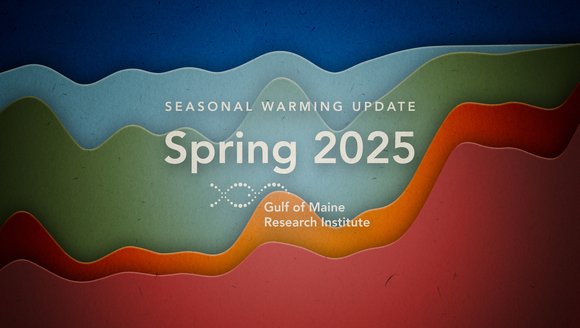Shark Habitat Selection
Understanding the drivers of habitat selection of three pelagic shark species.
Marine pelagic animals move in a dynamic environment, where a range of processes occur at multiple spatio-temporal scales. We investigated which scales were the most predictive of highly mobile predator habitat selection, for three shark species in particular: blue sharks, salmon sharks, and shortfin mako sharks.
Project Goals:
- Identify the primary scale driving habitat selection in pelagic marine sharks.
- Investigate which environmental drivers are the most important for habitat selection.
- Explore ways to improve species distribution models.
Marine animals live in a dynamic environment, where a wide range of drivers and processes impact their movements and distribution. These processes occur over multiple spatio-temporal scales, from very fine scale blooms and patches to larger scale climatic events such as El Niño or climate change.
Marine animals interact with all these processes, and they all have the potential to impact animal distribution. However, which of these processes and scales predominantly drive the distribution of highly mobile predators is currently unknown.
In this project, we investigated the scales of environmental selection of three shark species (the salmon shark (Lamna ditropis), the blue shark (Prionace glauca), and the shortfin mako (Isurus oxyrinchus) ) across an array of spatio-temporal resolutions (from 9 km over one day to 500 km over climatological periods) for both data representing ocean conditions at fixed points (Eulerian) and data based on the movement of water parcels (Lagrangian).
We found that different types of environmental data were effective at predicting where marine predators are found. Eulerian and Lagrangian data both had predictive power. The best results came from analyzing data over a scale of 100 km and one year, showing that larger, annual environmental patterns are important for understanding predator behavior. We also created a practical guide for researchers to select the right spatial and temporal scales for ocean data when building models to map species distributions.
Project Team:
-
![Carbon Sequestration 101]()
Carbon Sequestration 101
One of the most powerful processes we know about, when it comes to slowing climate change, is the sequestration of carbon. Learn more about carbon …
Perspectives
-
![Gulf of Maine Warming Update: Spring 2025]()
Gulf of Maine Warming Update: Spring 2025
Read on for an inside look at what we've learned in our spring 2025 Gulf of Maine warming update.
Reports
-
![Marine Heatwaves 101]()
Marine Heatwaves 101
Learn about what marine heatwaves are and how they can disrupt coastal ecosystems and the communities that depend on them.
Perspectives
-
![20 Years on the Waterfront: Reflecting & Looking Ahead]()
20 Years on the Waterfront: Reflecting & Looking Ahead
Celebrating our collective journey toward a thriving future
Perspectives




